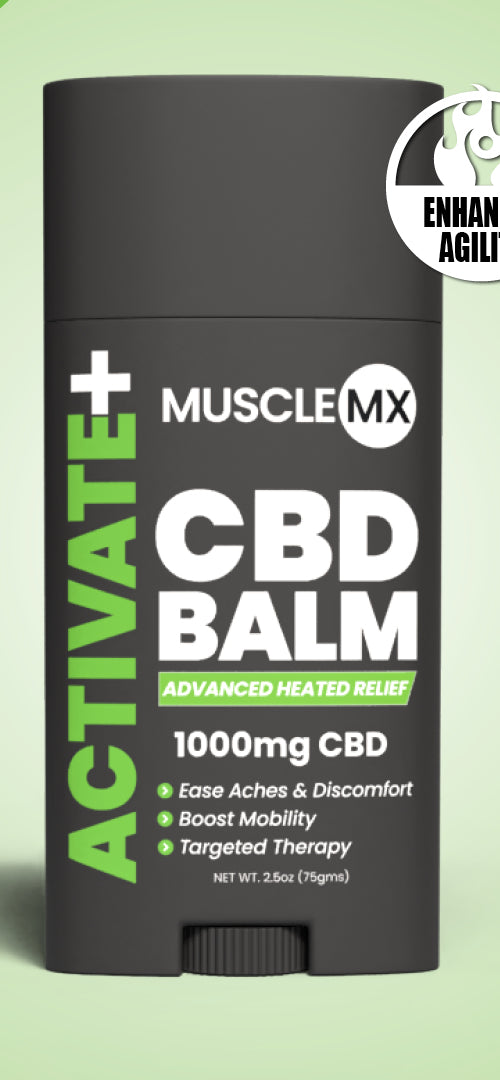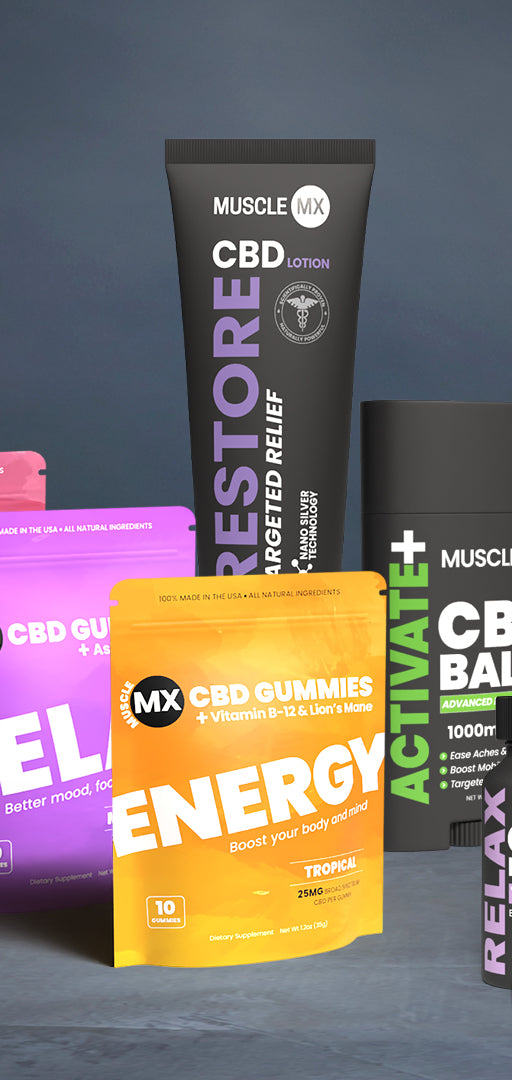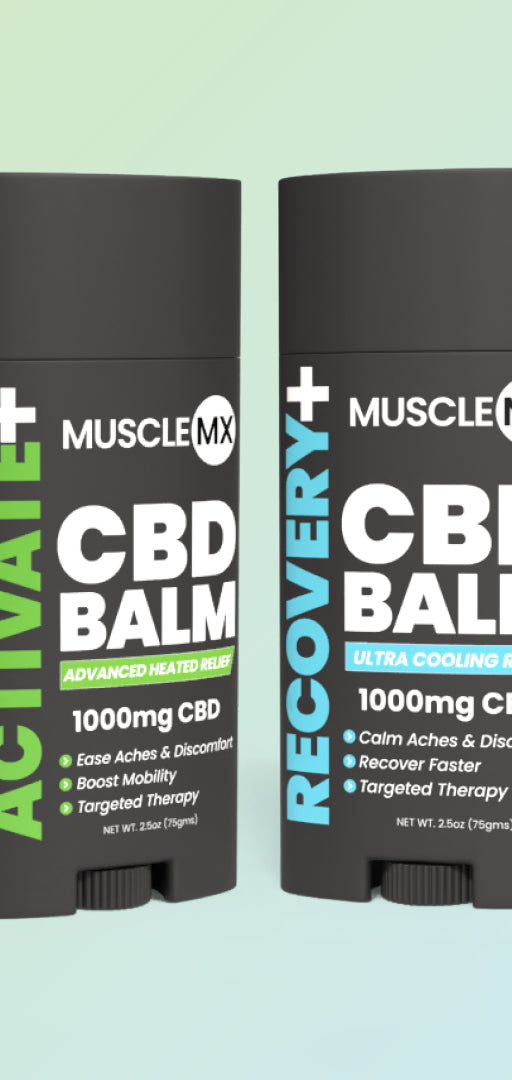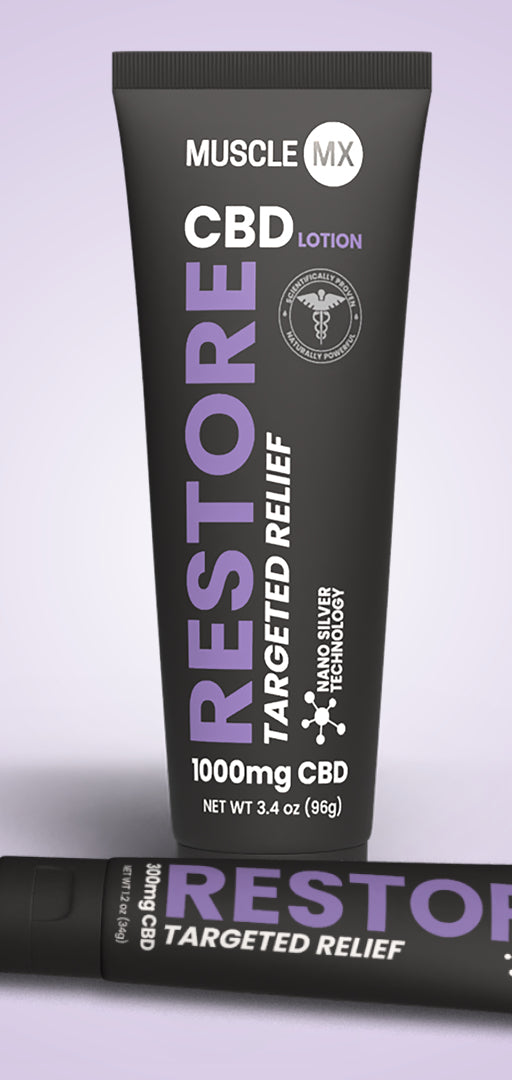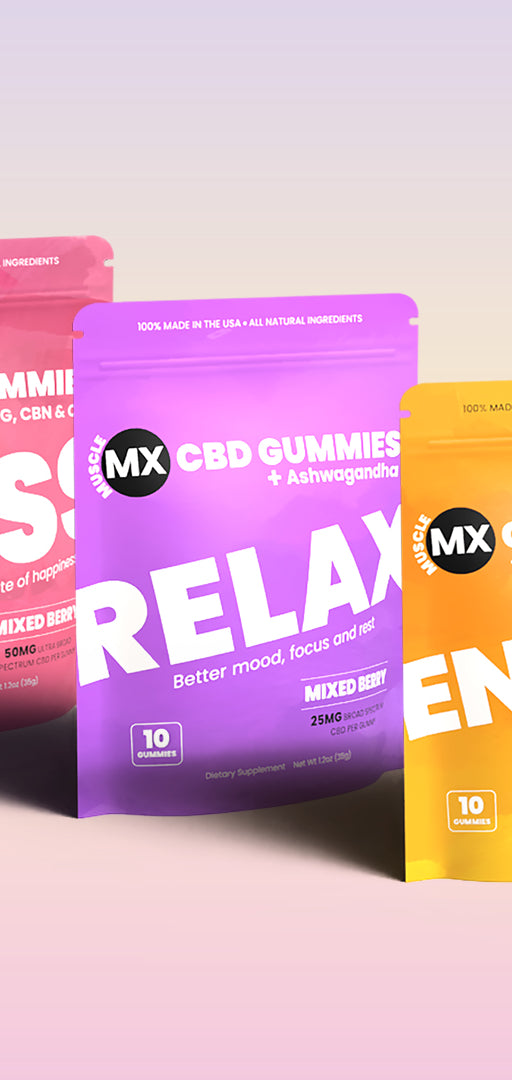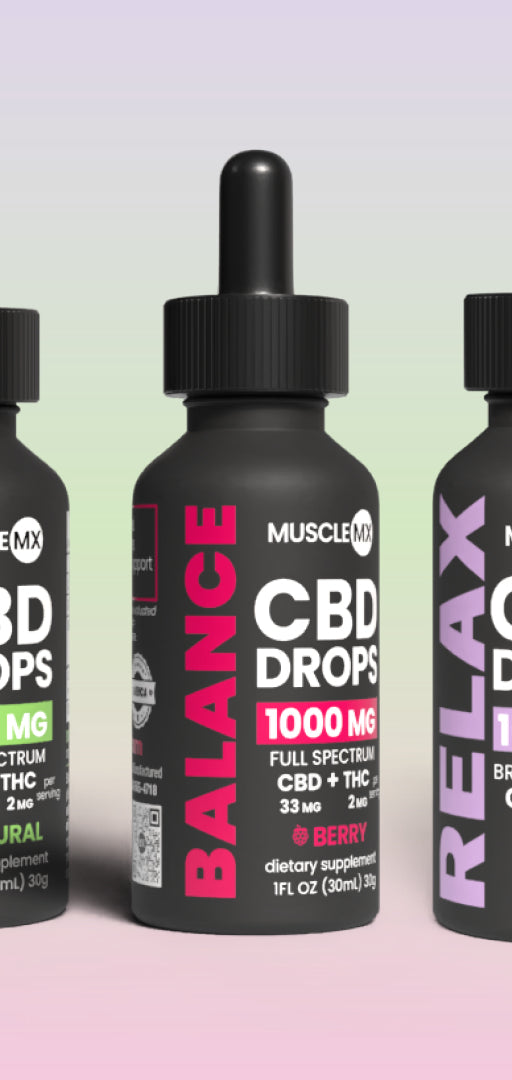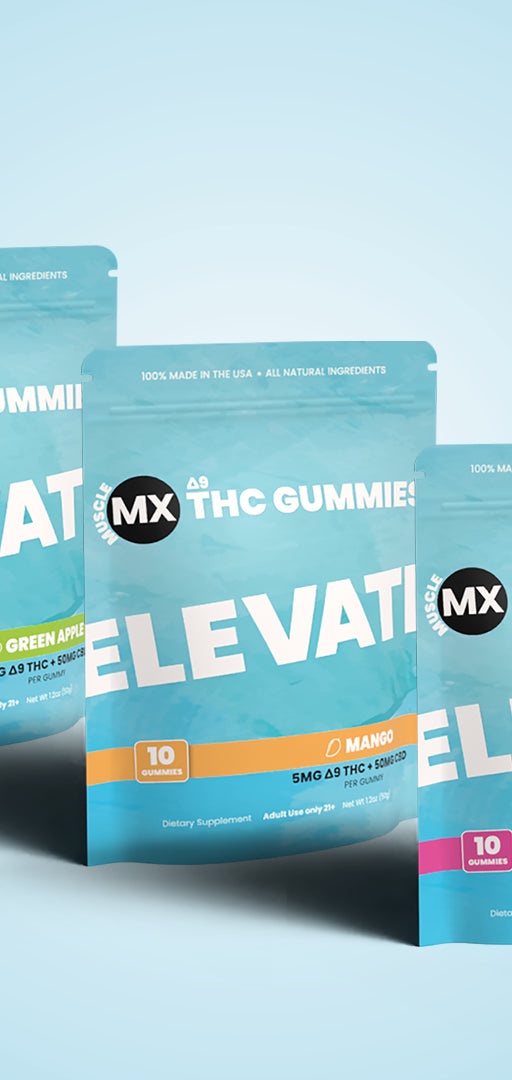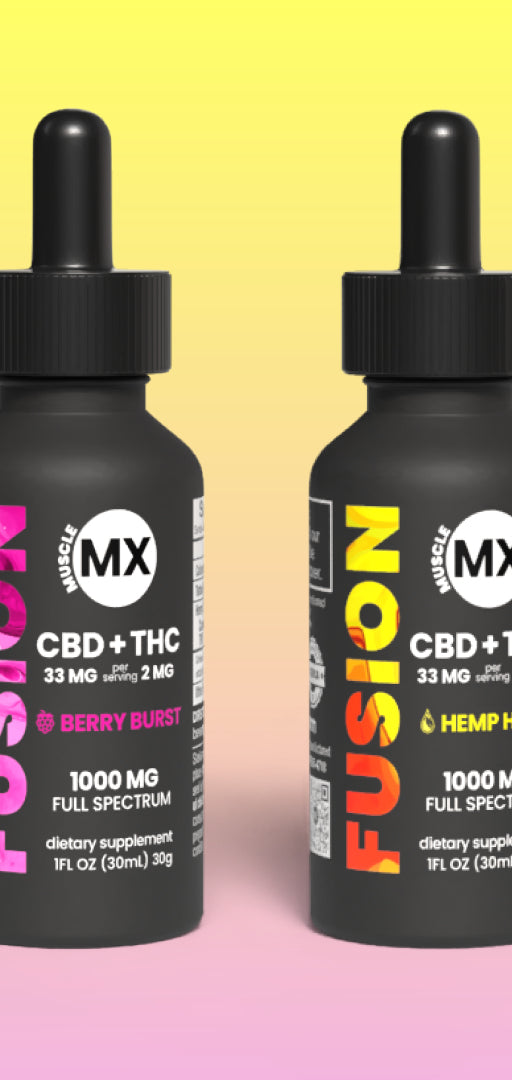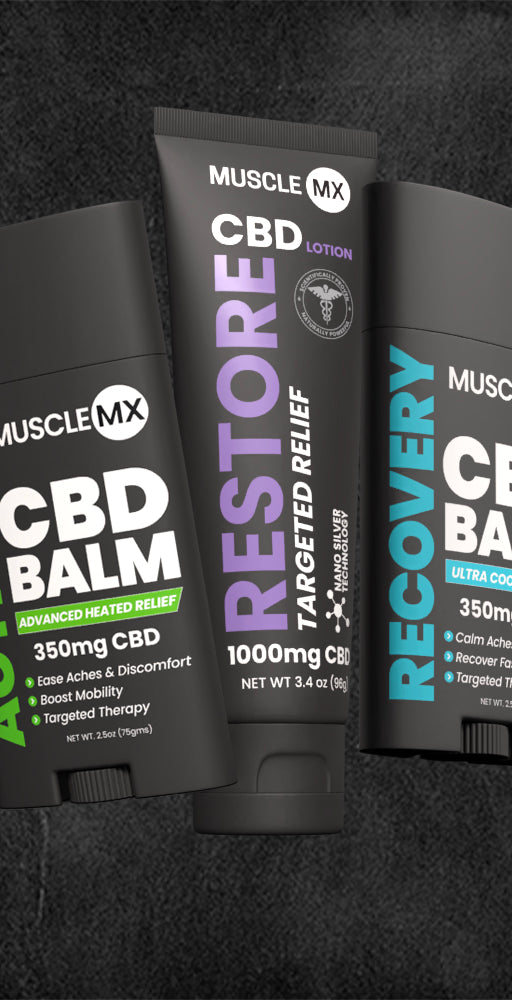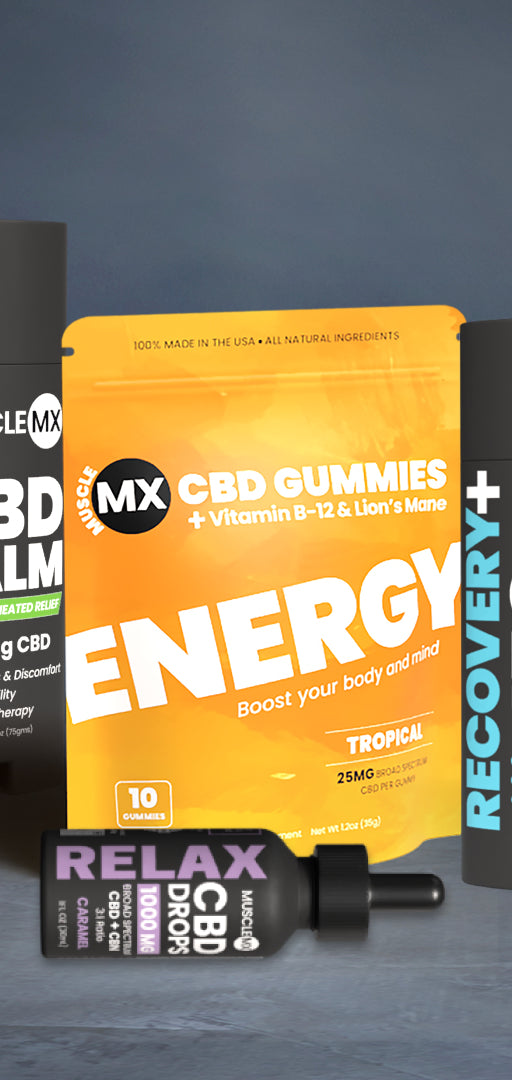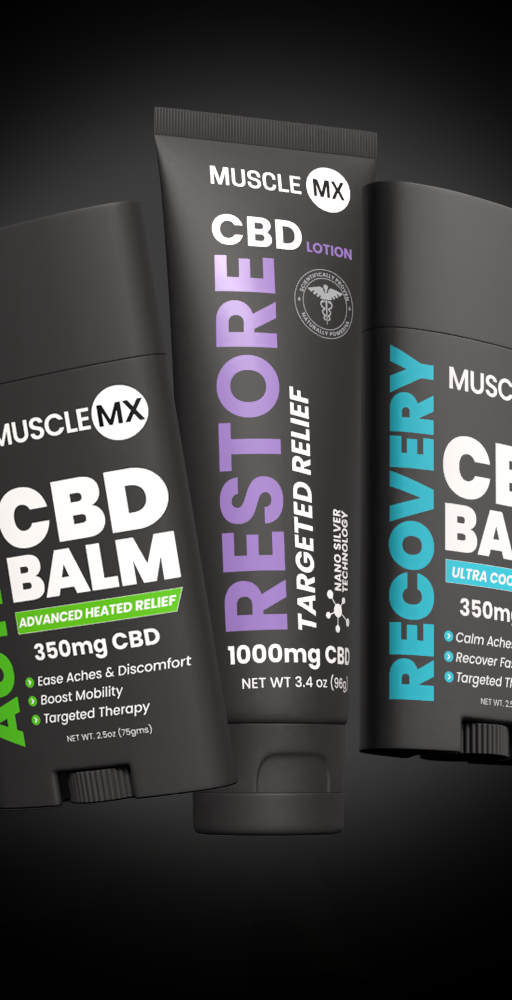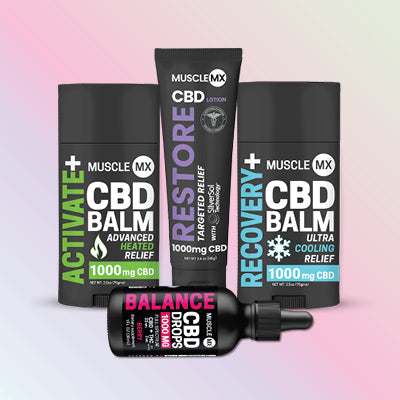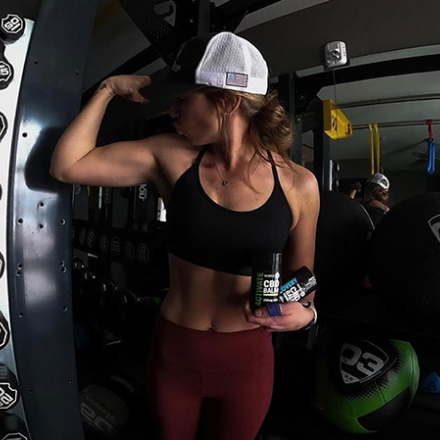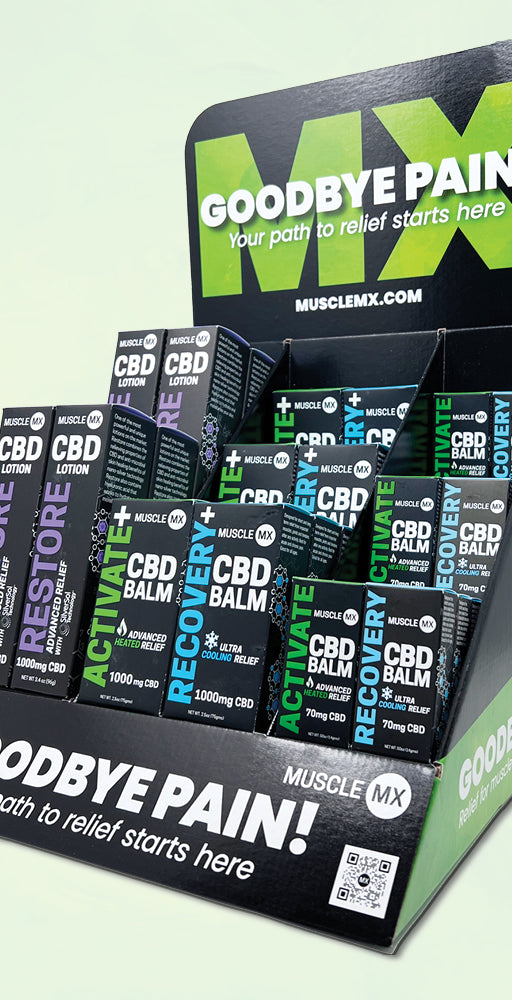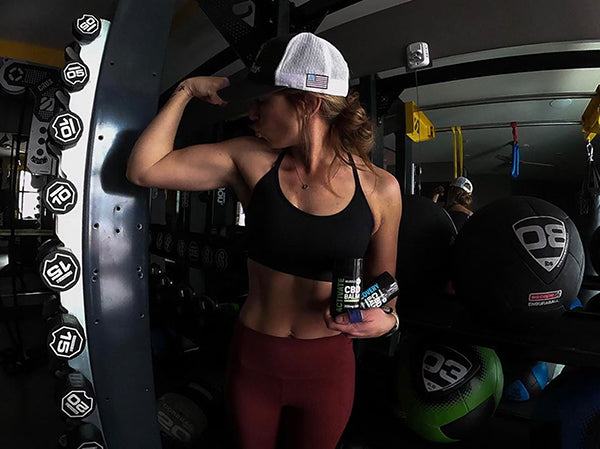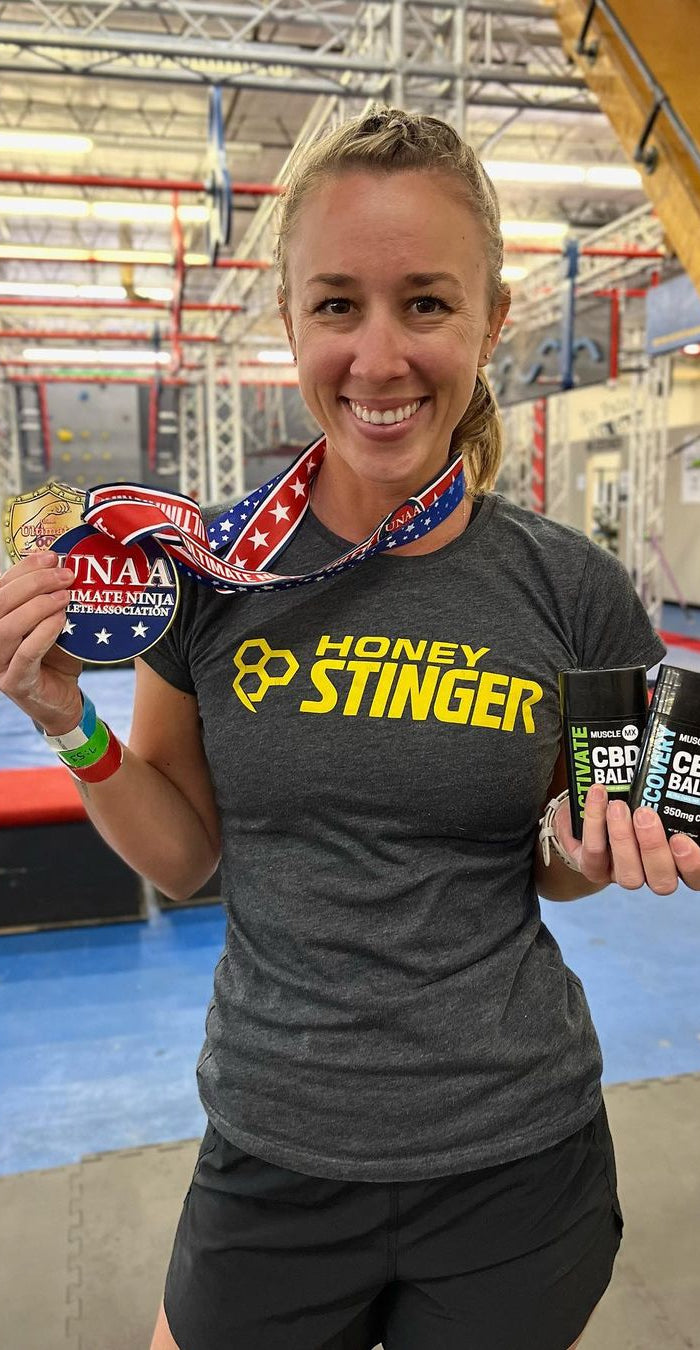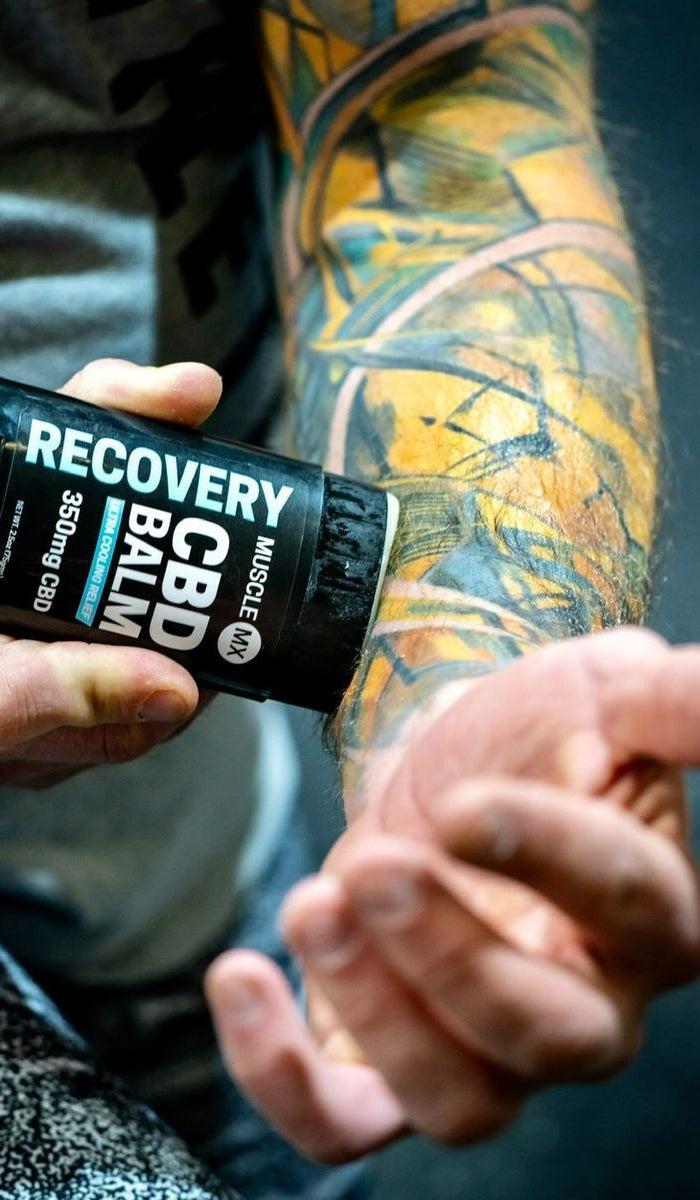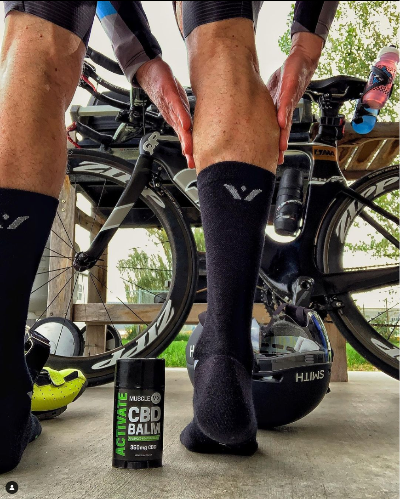Shoulder pain can feel like a frustrating roadblock, whether you’re a fitness enthusiast, a desk warrior, or just trying to get through daily life. A twinge here, a tightness there—suddenly, simple activities like picking up groceries or brushing your hair feel like monumental tasks. But don't despair! There’s a powerful tool within your reach: stretching. Paired with mindful self-care, including subtle yet effective aids, stretches can transform your shoulder pain journey. Let’s dive in.
What is Shoulder Pain?
Shoulder pain is an umbrella term encompassing discomfort, tension, or outright pain in and around the shoulder joint. This joint—one of the most flexible in your body—is responsible for a wide range of motion, making it vulnerable to overuse and strain.
Symptoms: The symptoms of shoulder pain typically include:
-
Sharp or Dull Pain: Could be concentrated in the front, back, or along the arm.
-
Stiffness: Difficulty moving the arm freely.
-
Swelling: Often accompanied by tenderness.
-
Weakness: A feeling that your shoulder isn’t as strong as it should be.
Common Causes: What usually causes this to happen can be a variety of things, such as:
-
Overuse: Think repetitive tasks, like typing or lifting weights.
-
Poor Posture: Hunched shoulders or a slouched spine can put undue stress on the shoulder.
-
Injury: This could be anything from a dislocated joint to a rotator cuff tear.
-
Medical Conditions: Arthritis, frozen shoulder, or bursitis.
Treatments: Treatment options vary based on the cause, ranging from rest and ice packs to physical therapy and medications. For a holistic touch, some people explore using CBD alongside stretching to soothe discomfort.
What is the Difference Between Shoulder Pain and Shoulder Soreness?
Shoulder pain and soreness are often used interchangeably, but understanding their nuances can help you determine the best course of action.
Shoulder Pain:
- Often signals injury or inflammation.
- Can range from mild discomfort to severe, persistent pain.
- May limit your ability to perform routine activities.
Shoulder Soreness:
- Typically linked to overexertion, like a tough gym session.
- Feels achy but improves with rest or light activity.
- Usually resolves within 24–72 hours.
Basically, soreness is a friendly reminder from your muscles to take it easy, while pain often demands a more deliberate response..
How Long Does Shoulder Pain Typically Last For?
The duration of shoulder pain can vary depending on its cause, severity, and how it is managed:
-
Acute Shoulder Pain (Short-Term): If shoulder pain is caused by a minor injury, such as a muscle strain, ligament sprain, or overuse (e.g., lifting or repetitive motions), it typically lasts a few days to a few weeks. With rest, ice/heat therapy, over-the-counter pain relief, and avoiding activities that exacerbate the pain, most people start to feel better within 1 to 3 weeks.
-
Subacute Shoulder Pain (A Few Weeks to 3 Months): Shoulder pain that persists beyond a few weeks but less than 3 months may be classified as subacute. This can be caused by conditions like tendonitis, bursitis, or rotator cuff injuries. Treatment may include physical therapy, medications, and possibly corticosteroid injections. With proper treatment, improvement is often seen within this period.
-
Chronic Shoulder Pain (More than 3 Months): If shoulder pain lasts longer than 3 months, it may be considered chronic. Conditions like rotator cuff tears, frozen shoulder (adhesive capsulitis), osteoarthritis, or shoulder instability can lead to long-term pain. Chronic shoulder pain may require ongoing treatment, including physical therapy, prescription medications, or even surgery in severe cases.
Now, in terms of duration based on cause:
-
Muscle Strain/Sprain: A few days to a few weeks
-
Tendonitis/Bursitis: A few weeks to a couple of months
-
Rotator Cuff Injury: A few weeks to several months (longer with surgery)
-
Frozen Shoulder: Can last up to 1 to 2 years, though it often improves over time
-
Osteoarthritis: Ongoing pain that worsens over time
For persistent or severe shoulder pain, it's important to consult a healthcare provider to determine the underlying cause and receive appropriate treatment. Early intervention can help prevent long-term issues and improve recovery.
Should You Stretch Your Shoulder if It Hurts?
The short answer: Yes, but proceed carefully. Stretching can ease tension, improve flexibility, and reduce pain—but only when done right. You see, there’s a fine line between beneficial stretches and overexertion. Some of the benefits of stretching include:
-
Promotes Circulation: Bringing fresh oxygen and nutrients to the area.
-
Eases Muscle Tension: Loosening tight shoulder muscles.
-
Boosts Range of Motion: Making daily movements smoother.
Still, there are times when you will need to actually avoid stretching, particularly:
- If the pain is severe or sharp.
- If swelling or visible deformities are present.
Tip: A general rule of thumb: Gentle, controlled stretches are your ally, not aggressive movements.
What is the Best Exercise for Shoulder Pain?
If you're experiencing shoulder pain, the best exercises can depend on the cause of the pain (e.g., rotator cuff injury, impingement, arthritis, or general stiffness). Again, it's always recommended to consult with a medical professional or physical therapist for a personalized approach. However, there are some commonly effective and safe exercises for managing shoulder pain.
Exercise #1: Pendulum Stretch
This gentle movement helps alleviate tension and improve mobility without straining the shoulder.
How To Do It:
- Lean forward slightly, allowing the arm on the affected side to dangle freely.
- Use your body to create a small swinging motion for your arm, moving it in circles or side to side.
- Perform for 1–2 minutes.
Exercise #2: Doorway Stretch
Improves flexibility and relieves tightness in the chest and shoulders.
How To Do It:
- Stand in a doorway with your arms at 90 degrees, elbows bent.
- Step one foot forward gently while pressing your arms against the door frame.
- Hold for 15–30 seconds, feeling a stretch in the front of your shoulders.
- Repeat 2–3 times.
Exercise #3: Wall Slides
Strengthens the shoulder muscles while improving mobility.
How To Do It:
- Stand facing a wall, placing your hands flat against it at shoulder height.
- Slowly slide your arms up the wall, keeping your elbows slightly bent.
- Lower your arms back to the starting position.
- Perform 10–15 repetitions.
Exercise #4: Isometric Shoulder External Rotation
Activates the rotator cuff muscles without overloading them.
How To Do It:
- Stand sideways next to a wall.
- Bend your elbow at 90 degrees, keeping it tucked against your side.
- Press the back of your hand against the wall gently without moving your arm.
- Hold for 5–10 seconds, then relax.
- Repeat 10 times on each side.
Exercise #5: Scapular Squeeze
Focuses on posture and strengthens the muscles around the shoulder blades.
How To Do It:
- Sit or stand with your back straight.
- Squeeze your shoulder blades together as if pinching a pencil between them.
- Hold for 5 seconds, then release.
- Perform 10–12 repetitions.
Exercise #6: Shoulder Rolls
Promotes blood flow and reduces tension.
How To Do It:
- Sit or stand with your back straight.
- Roll your shoulders forward 10 times, then backward 10 times.
- Keep the movements slow and controlled.
Exercise #7: Rotator Cuff Strengthening with Resistance Band
Helpful for improving stability and support.
How To Do It:
- Attach a resistance band to a stable object at elbow height.
- Hold the band with the affected arm, keeping your elbow bent at 90 degrees and close to your body.
- Slowly rotate your arm outward, then return to the starting position.
- Perform 10–15 repetitions.
Exercise #8: Child's Pose (for Shoulder Stretch)
A yoga stretch that gently stretches the shoulders and upper back.
How To Do It:
- Kneel on the floor with your big toes touching and knees apart.
- Stretch your arms forward as you lower your chest toward the ground.
- Hold for 30–60 seconds.
How Can I Quickly Fix My Shoulder Pain?
Shoulder pain relief doesn’t have to take weeks. Here’s a step-by-step plan:
-
Apply Heat or Ice: Ice reduces inflammation, while heat relaxes tense muscles.
-
Gentle Stretches: Incorporate shoulder-specific stretches like the ones above.
-
Mind Your Posture: Avoid hunching or slouching.
-
CBD (Optional): A subtle CBD balm or CBD lotion can be soothing when paired with stretches.
-
Rest Smartly: Avoid straining the shoulder but don’t immobilize it entirely.
How Do You Release Shoulder Muscle Pain?
Releasing shoulder muscle pain involves a mix of stretches, massage techniques, and mindful practices, such as:
-
Foam Rolling for Shoulders: Use a foam roller against a wall to gently knead out tension.
-
Resistance Band Stretching: Loop a resistance band around a sturdy object. Then, pull gently in different directions to activate and release muscle groups.
-
Mindfulness in Motion: Breathwork and mindfulness can complement stretches by reducing stress-induced muscle tension.
-
Physical Therapy: A physical therapist can provide a personalized program to improve strength, flexibility, and mobility in the shoulder.
-
Rest: Avoid activities that exacerbate the pain. Allow the muscle time to recover, especially after an injury.
Roll Those Shoulders Back into Action
Shoulder pain doesn’t have to derail your day-to-day life. With targeted stretches, proper care, and maybe even the occasional use of a soothing balm, you can regain your comfort and mobility. Remember to listen to your body—progress is better achieved through consistency and patience than rushing. Next time you feel that pesky twinge, arm yourself with these tools, and take the first step toward relief. Your shoulders will thank you!
https://www.youtube.com/watch?v=QPjIbr_sSCk
